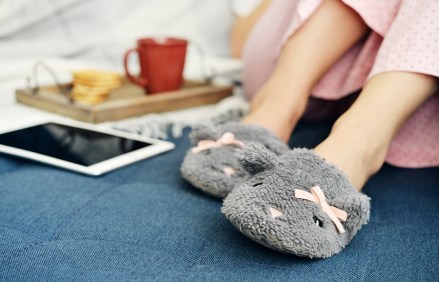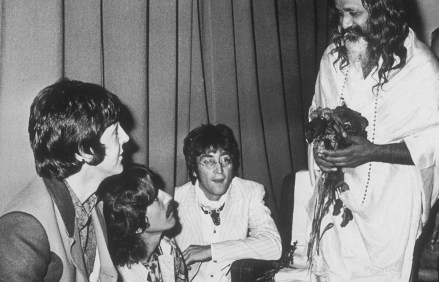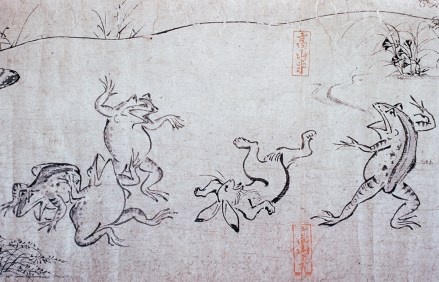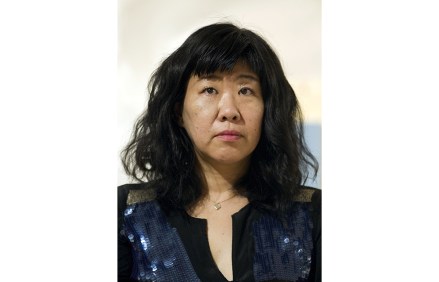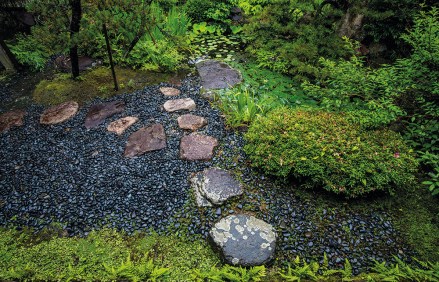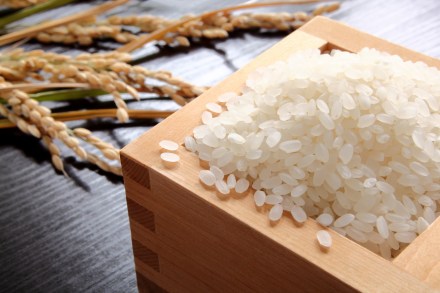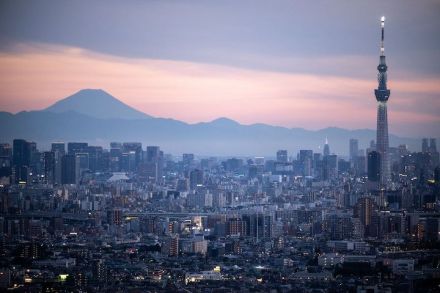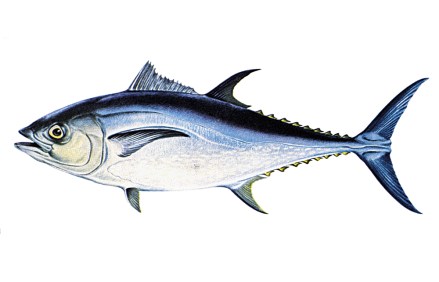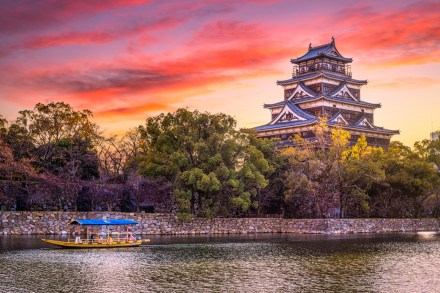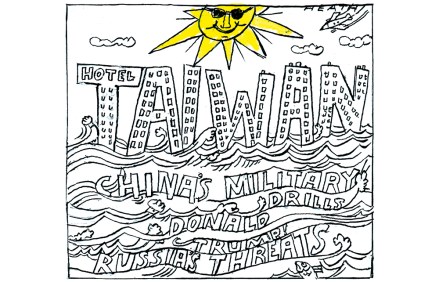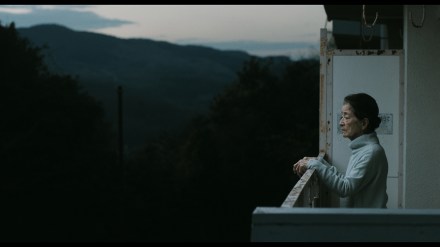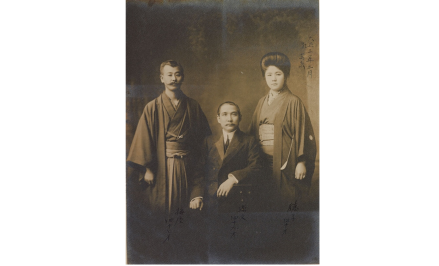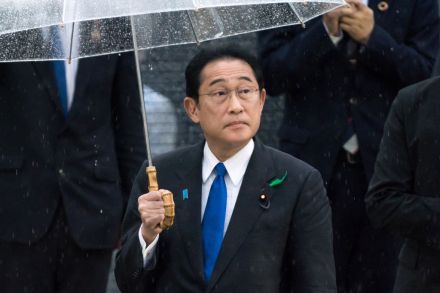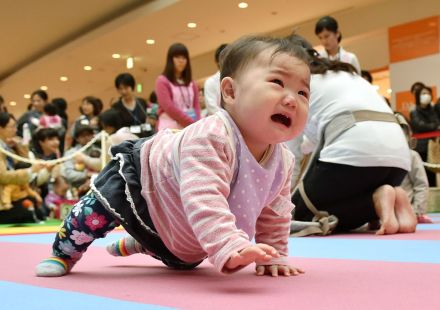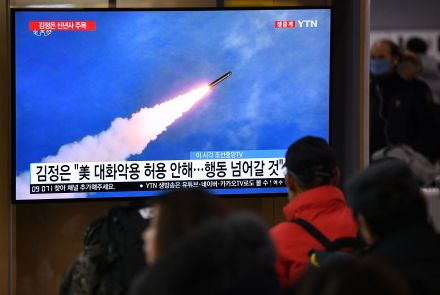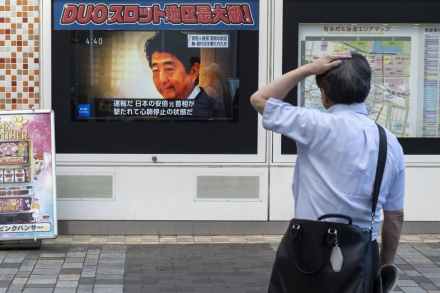Are we all becoming hermits now?
Long before Covid, wi-fi and Deliveroo, Badger in The Wind in the Willows showed us how to live beyond the manifold fatuities of this gimcrack world. Cosily tucked into his burrow with a roaring fire and well-stocked cellar, he was unbothered by importunate weasels and other denizens of the Wild Wood. He padded his underground realm for six months a year in dressing gown and down-at-heel slippers not just because he was a hibernating animal but out of existential temperament. ‘Badger hates Society,’ explained Rat. But, really, don’t we all? Not for him the ‘Poop! Poop!’ of Mr Toad, always going places and doing stuff. More Badger’s style was the
